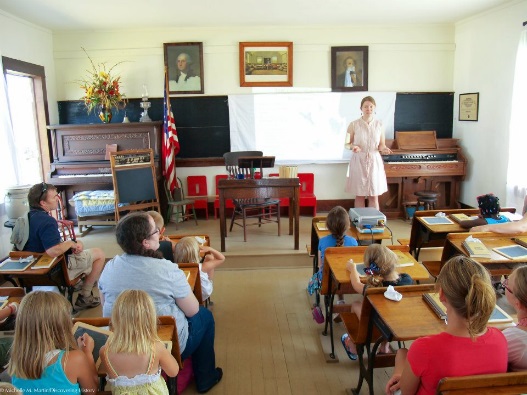
Barbara Boustead, graduate student, will defend her doctoral degree dissertation, "The Hard Winter of 1880-1881: Climatological Context and Communication via a Laura Ingalls Wilder Narrative" at 11 a.m., July 21 in 901 Hardin Hall.
Her co-advisers are Martha Shulski and Ken Hubbard. Her abstract:
The Hard Winter of 1880-1881 was featured in the Laura Ingalls Wilder historical fiction account, "The Long Winter," as well as in several town histories across the Plains region. Both meteorological records and historical accounts indicate that the winter was particularly long, snowy, and cold. The question of how "hard" a winter is for a given location depends on the climatological context, which relies on an objective characterization of winter severity. The newly developed Accumulated Winter Season Severity Index (AWSSI) allows comparison of the winter of 1880-1881 among sites across the region, as well as in the context of the period of record, to quantify its severity.
Additionally, investigating the impacts of two large-scale teleconnections, the El Niño/Southern Oscillation (ENSO) and the North Atlantic Oscillation (NAO), in the central United States provides context for the influence of both a strongly negative NAO and an El Niño event during the winter of 1880-1881. With an understanding of the climatological factors influencing the Hard Winter, along with the context for its severity, a more thorough analysis then was conducted to quantify and describe its severity. The connection of the winter of 1880-1881 to a popular book written by an author who is a cultural icon provides a natural vehicle with which to communicate weather and climate concepts to multiple non-technical audiences.
A narrative constructed around the Little House books, particularly "The Long Winter," provides a means of audience engagement and interest in weather- and climate-related topics, which was at least partially quantified by surveying audiences of the narrative. Overall, the scientific background, combined with a familiar narrative voice, provides a means to transmit weather and climate understanding to a wide
audience.